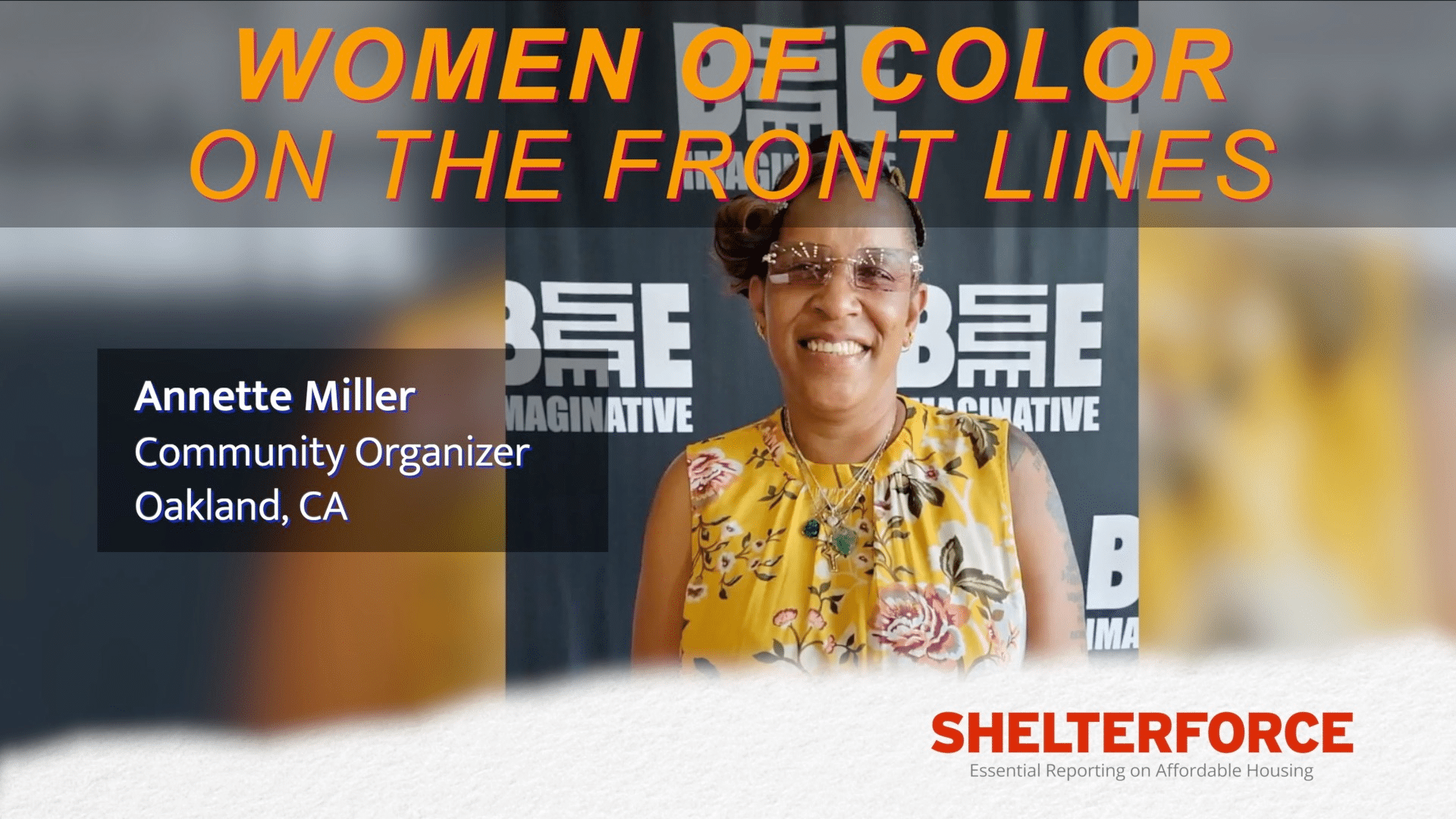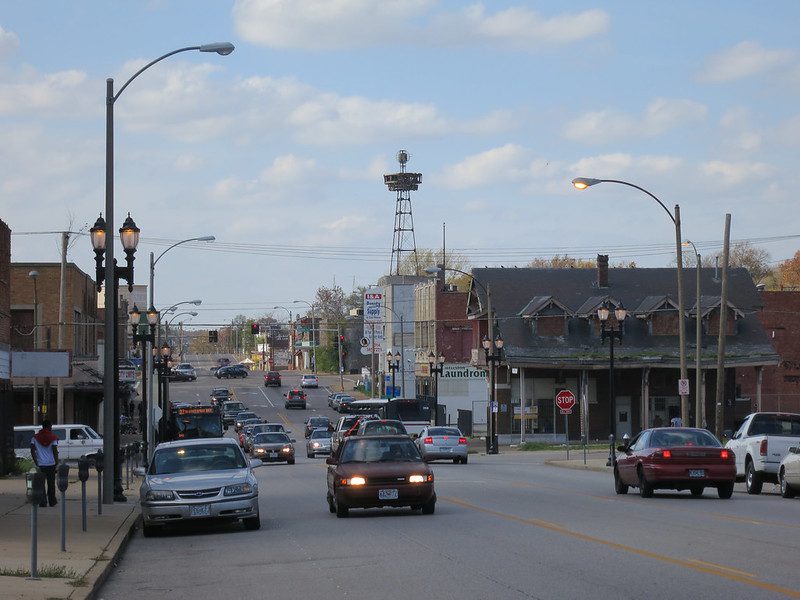
But on the same day, it gave notice of another key decision that, while less headline-grabbing, may have more impact long-term. With no fanfare (or “Back to the Future” jokes), the U.S. Department of Labor's Employment and Training Administration issued a news release announcing the first update to Equal Employment Opportunity regulations on apprenticeship programs since 1978.
If you believe broken or unjust systems have kept too many people out of jobs and held back many lower-income communities of color from getting ahead, this is really good news, and you might want to weigh in positively on this proposed regulation. You have until January 6—but more on that in a moment. . .
High Road to Good Jobs
Apprenticeships in jobs like manufacturing, construction, health care, homeland security, educational services, and transportation are a proven road to good-paying jobs in today’s economy. Apprentices who complete programs earn an average starting annual salary of $50,000, and during their careers earn $300,000 more on average than their non-apprentice peers, labor officials state.
The Obama administration has been expanding and investing in this area, according to a recent article in Forbes. The Labor Department reports more than 19,000 program sponsors representing over 200,000 employers offering apprenticeship training to upwards of 375,000 registered apprentices in 2014.
. . . But for whom?
Despite that investment, the pool of apprentices fails to reflect the diversity of the workforce. People with disabilities, pregnant women, and LGBT people have not been included as specific subsets until now, so there’s no data to track their participation in these jobs and job-training programs.
Apprenticeship is actually one of the oldest ways of learning a skill—Paul Revere and Ben Franklin learned their trades as apprentices. Recruitment has tended to be a bit old-school, as well. That means sometimes getting admitted to these programs depended on who you knew and other systems that were casual or subject to abuse. For many years unions, for example, had a reputation for hiring from within, a practice that they are now working to turn around.
These new regulations will update the standards and provide new guidelines for all apprenticeship programs, both union and non-union. (The figures below are from the Labor Department background briefing on the proposed regulation change):
Fewer apprentices than workers
- Most apprenticeships tend to be in construction, but construction has the fewest women apprentices. In 2013, for example, 379 women completed construction apprenticeships compared to 16,510 men.
- In 2014, Latinos comprised 15.8 percent of the civilian labor force in manufacturing, but only 6.3 percent of the manufacturing apprentices.
- Blacks were under-represented in 81 percent of 67 apprenticeship categories, relative to the number of black men in those professions.
- Women and people of color applied for apprenticeships that were among the least well paid. For example, painters, electricians, and pipe fitters make $25 to $35 per hour but women fill 1 to 8.5 percent of these apprenticeships. Meanwhile, CNAs and child care development workers earn less than $15 per hour, but women are 85 to 99 percent of the apprentices in these fields.
- African American and Latino men apprentices tended to cluster in lower-paying apprenticeship positions, as well. For example, blacks make up less than 8 percent of the electrician and plumber apprentices earning about $24 an hour on average, but 14 percent of construction laborers earning about $12 an hour on average.
Looking at the numbers, the biggest question about the regulations update seems to be: what took us so long?
The proposed new regulation will help apprenticeship providers catch up with today by updating coverage to align with newer legislation and regulations related to age discrimination, the Americans with Disabilities Act, gender and sexual orientation, and other workplace protections.
It will also provide companies and associations that sponsor apprenticeships with clearer guidance and more flexibility on how to do fair outreach and gain a more representative pool of apprentices.
Comment time
The Department of Labor will definitely be looking at and counting the comments—pro and con—regarding the proposed new regulation, so consider commenting on its potential and the need for good jobs and job training in your neighborhood, even if this sounds like inside baseball to you.
Want to know more? There is an FAQ document here and fact sheet here. Gamaliel is in the process of developing a response and talking points to share; email us if you want to receive a copy. You can submit your own comments to the proposed regulation here. The deadline is Jan. 6.
(Photo credit: Elvert Barnes, via flickr, CC BY-SA 2.0)






I think something is missing here.
Where, in any of the reporting on these apprenticeships has there been any documentation… any at all… of anyone actually being discriminated against??
So, it seems “ the pool of apprentices fails to reflect the diversity of the workforce?”
Okay… but does it reflect the diversity of people actually trying to get these apprenticeships?
This piece never says.
Actually, it alludes that maybe it DOES.
Under the heading “lower paid positions” we see that “women and people of color applied for apprenticeships that were among the least well paid.”
To repeat, that’s “APPLIED FOR apprenticeships…”
So fewer people of the desired demographics are turning up in pursuits for which…
for which….
…fewer of them are actually APPLYING???
That’s not discrimination.
That’s first grade math.
And there’s no mention of any documented instances of any people who applied for these apprenticeships being turned down because of their race, sex, sexual orientation, ethnicity… anything?
Such instances may indeed exist. But why should we believe they do when nobody even offers any examples, or even asserts that they exist?
And if there’s no discrimination going on, then why is the federal government inserting itself in the situation at all?
It’s time! What a compelling case you present – great work in a much needed arena.
Thanks, Chris and Laura!
Chris, I am guessing from your previous posts on Rooflines that you are somewhat skeptical of the premise that there is a double standard in this country that has operated to the benefit of white folks relating to employment that the apprenticeship regulation update seeks to address. It’s true if you don’t see a problem there, then you are unlikely to see this as a solution. I am guessing we are going to have to agree to disagree on this one.